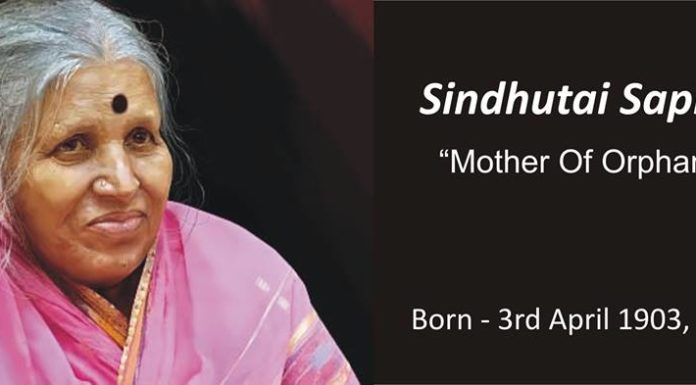June 29, 2007, was a seminal moment for the mobile industry. It marked the release of the first I phone. It sparked a revolution in the mobile industry as, several manufacturers rushed in to manufacture similar phones. It was not long, before the effects were felt in India and what started first, as a trickle has now transformed into a wave. Take a walk on Indian streets, and you will see groups of youngsters, working professionals, staring at their smartphones, doing transactions, communicating and checking out prices.

Mobiles , nowadays are available across price bands, and other than the basic functions of sending and receiving texts, and also making calls, they all support various apps launched by businesses. The easy availability of mobiles across various price points, have made mobiles accessible, to the masses living in the hinterland thus enabling them to have a wide reach. This is providing a tremendous opportunity to businesses, to connect with their intended target audience and they are exploiting this opportunity by building interactive apps, which would ultimately enable them to connect with their target audience. Businesses have realised that mobiles, is a potent technology offering that cannot be ignored, and hence the clamour to be mobile first.
Reliance Infocomm, when it came out with its first mobile offering, had coined the tagline, “Kar lo Duniya Mutthi Mein”. If we look at it now, we are actually carrying the whole world in our palm, through mobile. Flipkart , Snapdeal and Amazon are fighting it out in the Indian E commerce space, to be the number one market place. These websites offer a plethora of products at attractive deals, and the end customer is actually spoilt for choice.
Forget about, your daily trips to the market place for your groceries, there are companies like, Grofers, Big basket, Pepper tap that are delivering groceries right up to your doorstep, all by the click of a button, on your mobile device.
Taxis and cabs can be ordered through few clicks of buttons on your mobile phone. Companies like Meru, Ola, Uber are waiting with their fleet of cars and the high point is, the cab can be ordered few minutes before your ride. The customer gets the comfort he desires, which is not available in public transport.
The advent of mobile has long replaced the traditional modes of communication which was the old fashioned phone, whose ring used to reverberate throughout the house and there used to be a race within the members to be the first person to pick up the phone. Facebook and WhatsApp has also changed the way humans use mobiles to communicate. The preference is more towards words, rather than through voice and why not, when individuals can communicate and reply back at their own convenience.
The Launch of E- wallets have also changed the way Indians deal with money. Gone are the days of carrying hefty wads of money in your pocket. It is any day convenient to load money into your e wallet and transact through that. The discounts that are on offer for making payments through e- wallet is another driver for attracting the price conscious Indians to mobile wallets. Some E wallets like Paytm automatically deposit cash in your Paytm account as a cashback if transactions are done through the Paytm account. This is done through use of promo codes that are applied on payment of mobile bills, DTH charges, via Paytm account.
Why should India reap the rewards of this revolution, but Bharat be left behind? The rural population does need this for their development and convenience as well. The educated population living in rural areas can make optimum utilisation of this developments and in turn educate the others. The government has stepped in by launch of Digital India Initiative. The prominent pillars of Digital India Initiative interalia are, Broadband highways, Universal access to mobile connectivity, Public Internet Access programmes, Information for all.
The department of telecommunication has budgeted for an expenditure of Rs.16,000 crore between 2014-18 to bring 55,619 villages under mobile coverage. 2,50,000 villages are to have high speed broadband facilities under Broadband Highways.
This however is resulting in a classic hen vs the egg argument. If the Government delivers on these promises, would this boost rural E commerce, or rural E commerce was, anyways budding through other means like 4G plans and 3G services offered by the phone operators, but not taking the big leaps, thus prompting, the government to act like a Big brother, by extending a helping hand.?
Nonetheless, these are exciting times for India ahead.






























